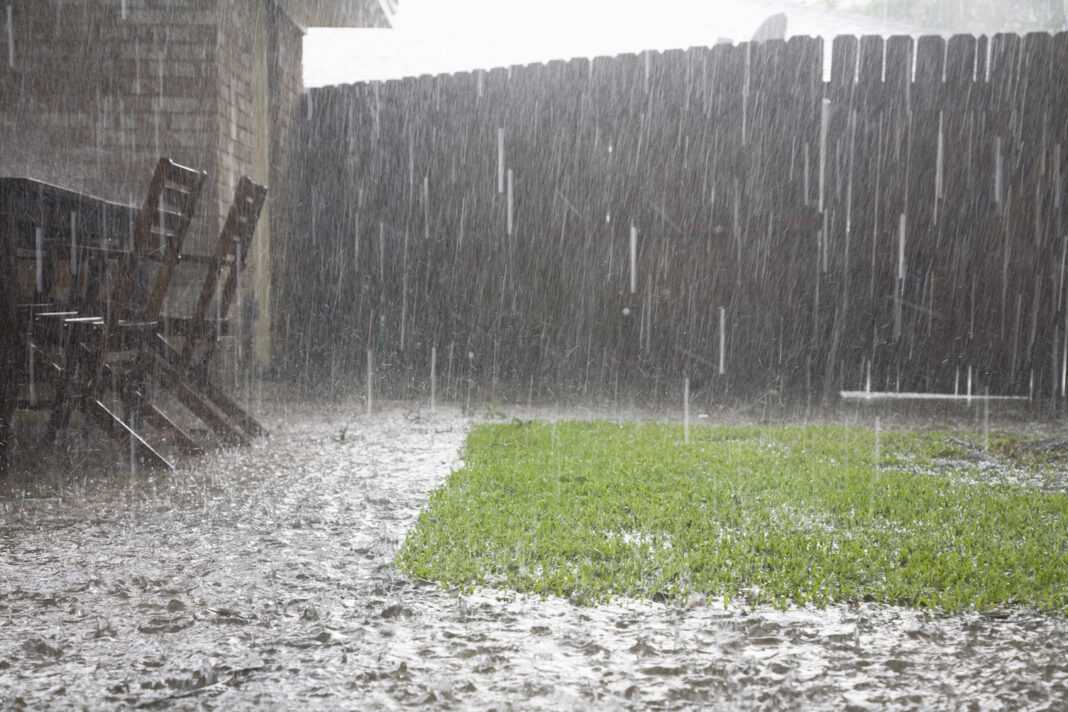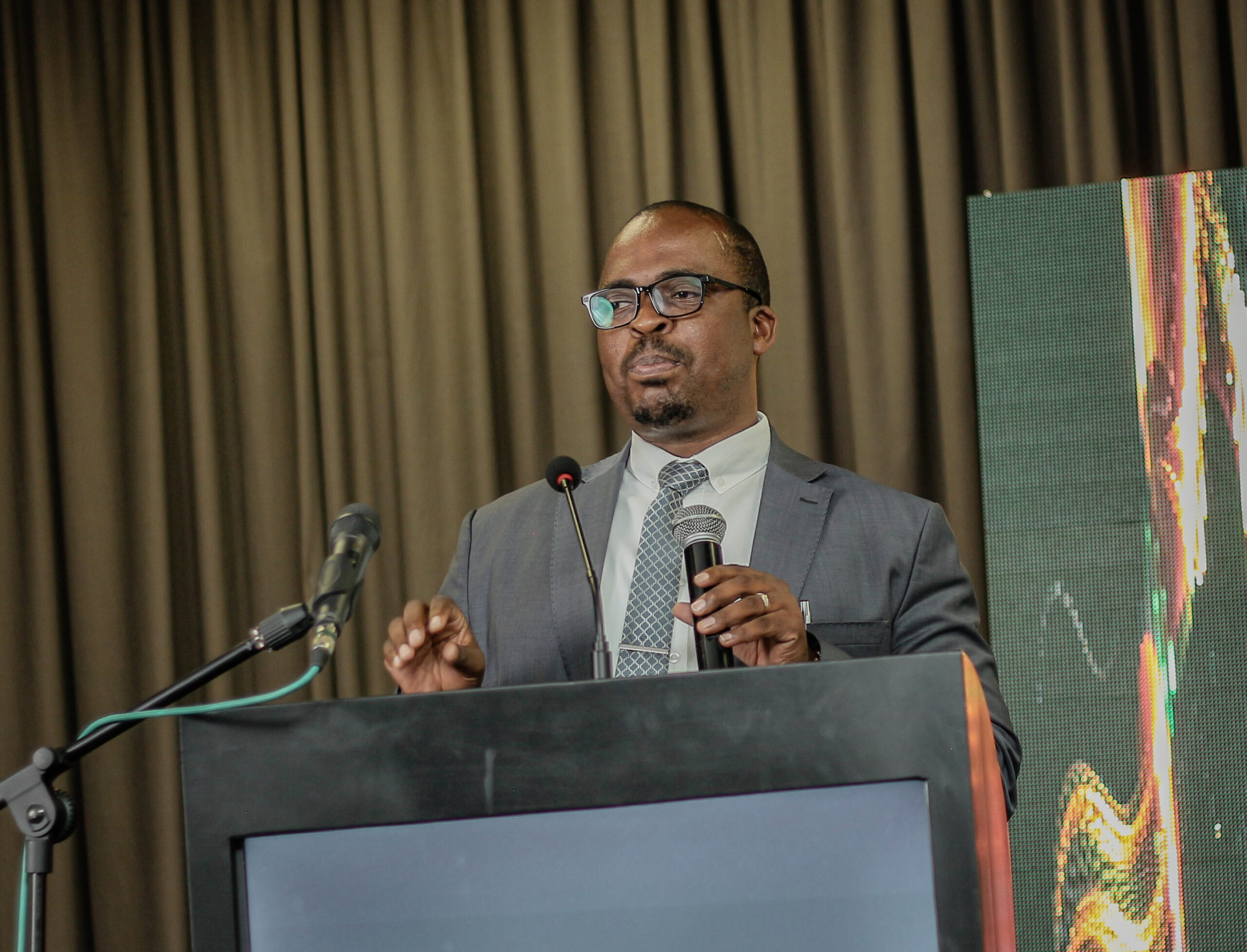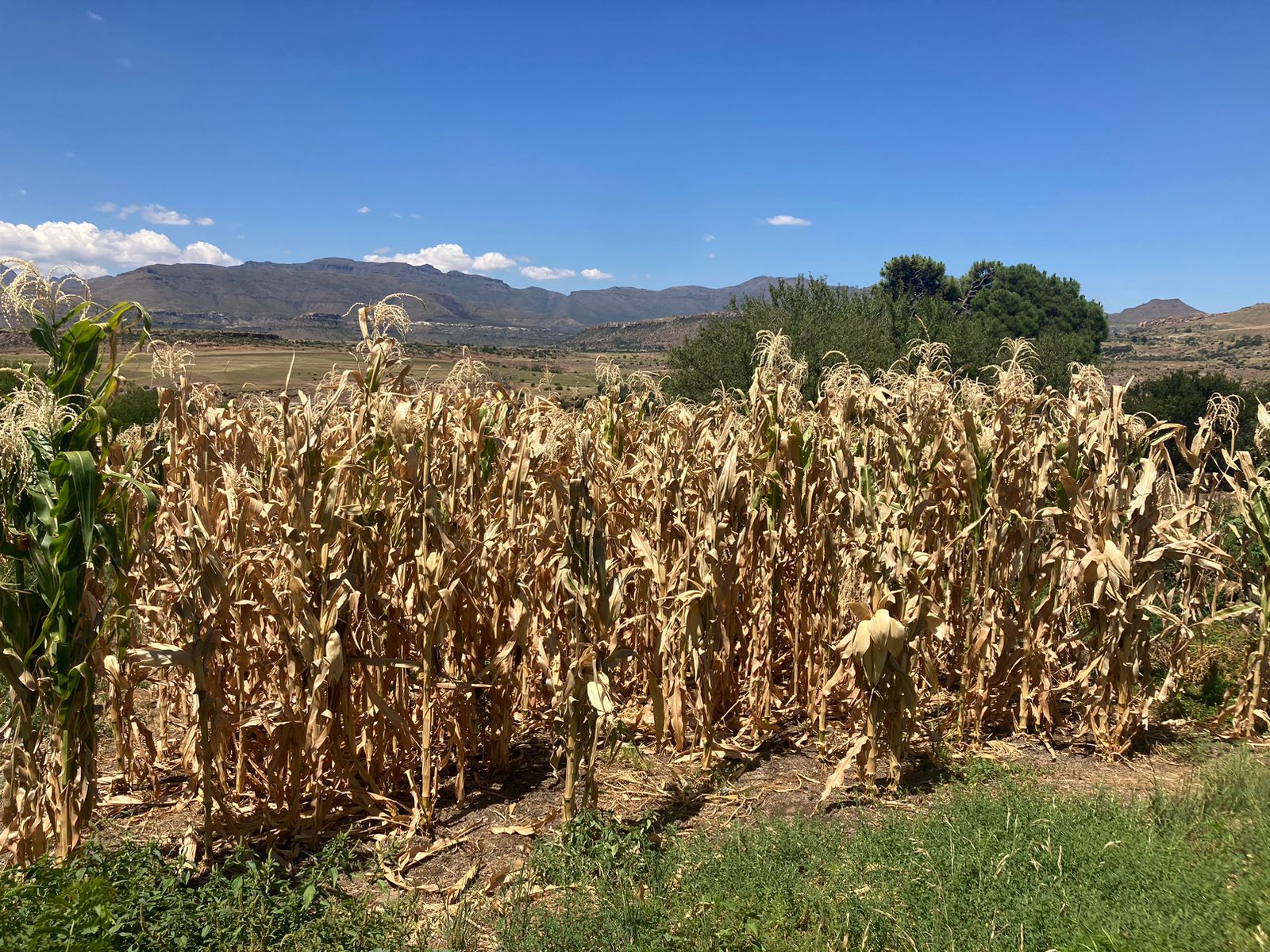as the World Meteorological Organisation records high
levels of greenhouse gases
Lerato Matheka
Despite Lesotho emitting only 3% of the greenhouse gases, the World Meteorological Organisation (WMO) has recorded another new high level of heat trapping greenhouse gases.
This continuing long-term trend according to the organisation means that future generations would be confronted with increasingly severe impacts of climate change, including rising temperatures, more extreme weather, water stress, sea level rise and disruption to marine and land ecosystems.
The WMO Greenhouse Gas Bulletin showed that globally, averaged concentrations of carbon dioxide (CO2) reached 407.8 parts per million in 2018, up from 405.5 parts per million (ppm) in 2017.
The increase in CO2 from 2017 to 2018 was very close to that observed from 2016 to 2017 and just above the average over the last decade. Global levels of CO2 crossed the symbolic and significant 400 parts per million benchmark in 2015, WMO disclosed adding that CO2 remains in the atmosphere for centuries and in the oceans for even longer.
The organisation indicated that the concentrations of methane and nitrous oxide also surged by higher amounts than during the past decade.
Since 1990, there has been a 43% increase in total radiative, forcing the warming effect on the climate by long-lived greenhouse gases. CO2 accounts for about 80% of this.
There is no sign of a slowdown, let alone a decline, in greenhouse gases concentration in the atmosphere despite all the commitments under the Paris Agreement on Climate Change, WMO Secretary-General Petteri Taalas warned.
We need to translate the commitments into action and increase the level of ambition for the sake of the future welfare of the mankind,†he pleaded.
It is worth recalling that the last time the Earth experienced a comparable concentration of CO2 was 3-5 million years ago. Back then, the temperature was 2-3 warmer, sea level was 10-20 meters higher than now, said Mr Taalas.
Emissions are described as a representation of what goes into the atmosphere.
Concentrations represent what remains in the atmosphere after the complex system of interactions between the atmosphere, biosphere, lithosphere, cryosphere and the oceans. About a quarter of the total emissions is absorbed by the oceans and another quarter by the biosphere.
Global emissions are not estimated to peak by 2030, let alone by 2020, if current climate policies and ambition levels of the Nationally Determined Contributions (NDCs) are maintained, WMO noted.
Preliminary findings from the Emissions Gap Report 2019 indicate that greenhouse gas emissions continued to rise in 2018.
The United in Science report, which brought together major partner organisations in the domain of global climate change research, underlined the glaring and growing gap between agreed targets to tackle global warming and the actual reality.
The findings of WMOs Greenhouse Gas Bulletin and UNEP’s Emissions Gap Report point us in a clear direction – in this critical period, the world must deliver concrete, stepped-up action on emissions, Inger Andersen, Executive Director of the UN Environment Programme (UNEP) said adding that the world face a stark choice.
set in motion the radical transformations we need now, or face the consequences of a planet radically altered by climate change, Andersen warned.
A separate and complementary Emissions Gap Report by UN Environment released on 26 November and in its tenth year, assessed the latest scientific studies on current and estimated future greenhouse gas emissions.
It compared these with the emission levels permissible for the world to progress on a least-cost pathway to achieve the goals of the Paris Agreement. This difference between ‘where we are likely to be and where we need to be known as the emissions gap, WMO explained.
Key Findings of the Greenhouse Gas Bulletin
The bulletin includes a focus on how isotopes confirm the dominant role of fossil fuel combustion in the increase of atmospheric carbon dioxide.
There are multiple indications that the increase in the atmospheric levels of CO2 are related to fossil fuel combustion. Fossil fuels were formed from plant material millions of years ago and do not contain radiocarbon. Thus, burning it will add to the atmosphere radiocarbon-free CO2, increasing CO2 levels and decreasing its radiocarbon content. And this is exactly what is demonstrated by the measurements.
Carbon dioxide; is the main long-lived greenhouse gas in the atmosphere related to human activities. Its concentration reached new highs in 2018 of 407.8 ppm, or 147% of pre-industrial level in 1750.
The increase in CO2 from 2017 to 2018 was above the average growth rate over the last decade. The growth rate of CO2 averaged over three consecutive decades (1985 “1995, 1995 “2005 and 2005 “2015) increased from 1.42 ppm/yr to 1.86 ppm/yr and to 2.06 ppm/yr with the highest annual growth rates observed during events.
The National Oceanic and Atmospheric Administration (NOAA) Annual Greenhouse Gas Index shows that from 1990 to 2018 radiative forcing by long-lived greenhouse gases (LLGHGs) increased by 43%, with CO2 accounting for about 80% of this increase
Methane (CH4); is the second most important long-lived greenhouse gas and contributes about 17% of radiative forcing. Approximately 40% of methane is emitted into the atmosphere by natural sources (e.g., wetlands and termites), and about 60% comes from human activities like cattle breeding, rice agriculture, fossil fuel exploitation, landfills and biomass burning.
Atmospheric methane reached a new high of about 1869 parts per billion (ppb) in 2018 and is now 259% of the pre-industrial level. For CH4, the increase from 2017 to 2018 was higher than both that observed from 2016 to 2017 and the average over the last decade.
Nitrous Oxide (N2O); is emitted into the atmosphere from both natural (about 60%) and anthropogenic sources (approximately 40%), including oceans, soil, biomass burning, fertilizer use, and various industrial processes.
Its atmospheric concentration in 2018 was 331.1 parts per billion. This is 123% of pre-industrial levels. The increase from 2017 to 2018 was also higher than that observed from 2016 to 2017 and the average growth rate over the past 10 years.
Nitrous oxide also plays an important role in the destruction of the stratospheric ozone layer which protects us from the harmful ultraviolet rays of the sun. It accounts for about 6% of radiative forcing by long-lived greenhouse gases.

Your Trusted Source for News and Insights in Lesotho!
At Newsday Media, we are passionate about delivering accurate, timely, and engaging news and multimedia content to our diverse audience. Founded with the vision of revolutionizing the media landscape in Lesotho, we have grown into a leading hybrid media company that blends traditional journalism with innovative digital platforms.












